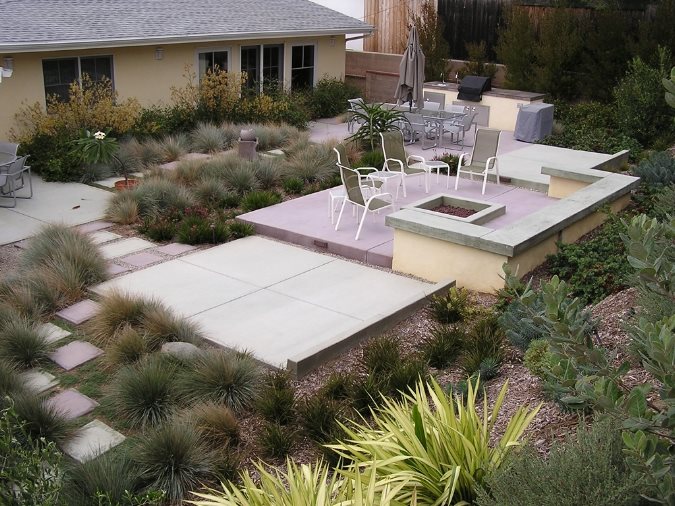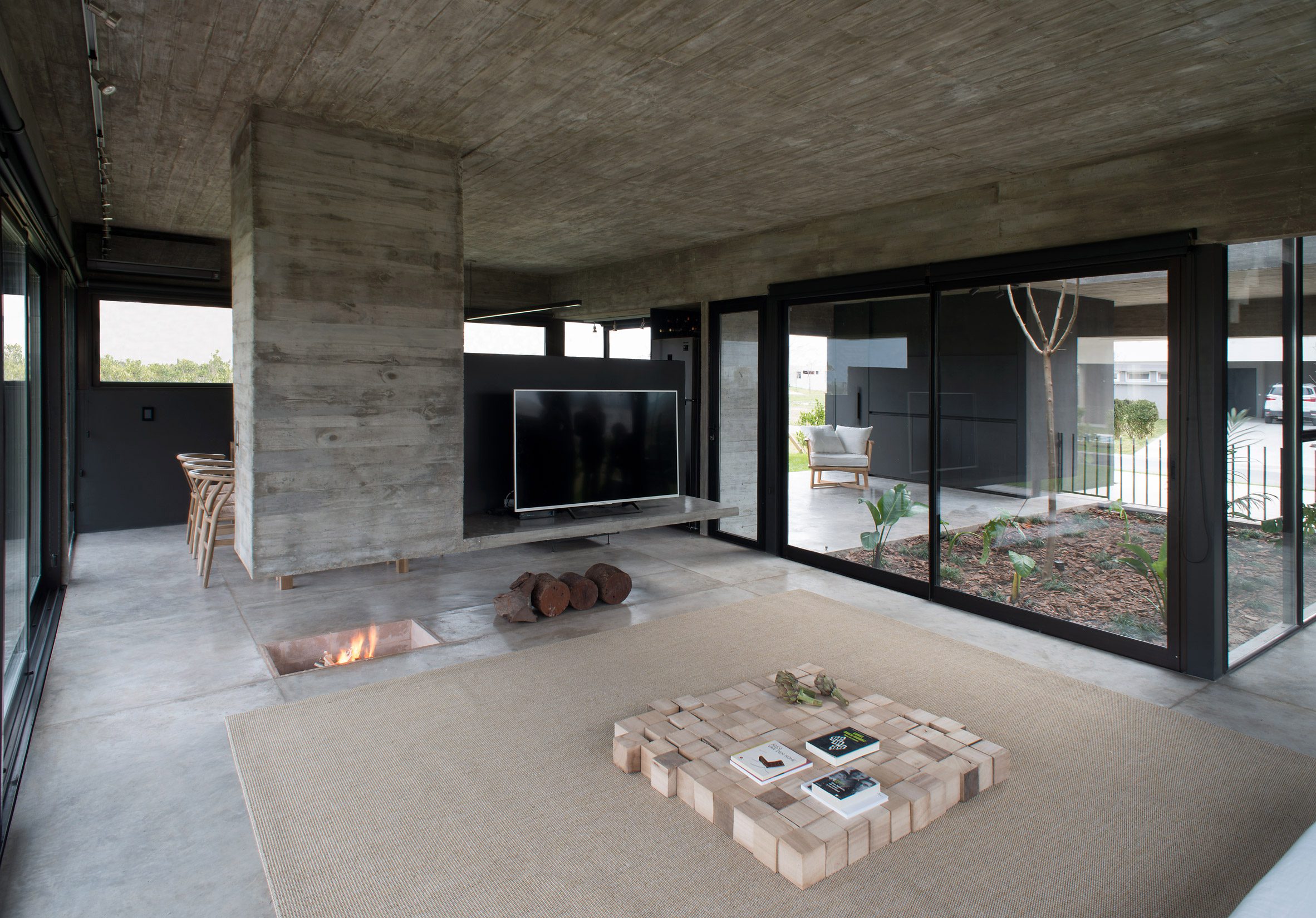Transform Your Residential Property: Legendary Concrete Marietta Experts at Your Solution
Transform Your Residential Property: Legendary Concrete Marietta Experts at Your Solution
Blog Article
The Longevity and Beauty of Concrete Sidewalks
Concrete pathways have long been a staple in rural and metropolitan landscapes as a result of their remarkable combination of toughness and visual appeal. The longevity of concrete as a paving material is widely known, with its capacity to stand up to heavy foot web traffic, stormy weather, and the test of time. Beyond their durability, concrete sidewalks provide a canvas for innovative layout and customization, boosting the general look of a community or commercial area. As we explore the detailed details of concrete walkways, it becomes obvious that their style goes beyond simple capability, making them an interesting topic of factor to consider for both professionals in the sector and fanatics alike.

Advantages of Concrete Sidewalks
Enhancing pedestrian safety and visual appeals, concrete walkways provide a visually appealing and long lasting option for city and rural landscapes. Among the main advantages of concrete pathways is their long life. Unlike some alternative products that might break down over time, concrete sidewalks have a lengthy life-span, calling for minimal maintenance. This toughness makes them a cost-effective selection in the long run, as they can endure heavy foot traffic and different weather problems without degrading quickly.
Additionally, concrete pathways are very functional in terms of style. They can be personalized to match the surrounding setting, whether it be through different colors, textures, or patterns. This versatility enables innovative flexibility in urban preparation and landscaping projects, enhancing the overall visual charm of the location.
Moreover, concrete sidewalks are known for their reduced ecological influence. Concrete is a sustainable product that can be reused, lowering waste and adding to eco-friendly building practices. By picking concrete walkways, communities can focus on both aesthetic allure and ecological duty in their framework tasks.
Layout Options for Sidewalks
When thinking about design choices for sidewalks, it is vital to prioritize both functionality and visual charm in metropolitan planning and landscape design projects. Concrete Contractor. There are numerous layout choices available to enhance the visual charm and performance of sidewalks

Another choice is revealed accumulated concrete, where the top layer is eliminated to expose the accumulation below, developing a textured and aesthetically interesting surface that additionally supplies exceptional slip resistance. - Concrete Contractor
Colored concrete is a flexible option that can be tailored to enhance the surrounding setting or create aesthetic passion. Incorporating ornamental aspects like boundaries, racking up, or discoloration can further improve the total design of the sidewalk.
Upkeep Tips for Durability
To guarantee the resilience and elegance of concrete sidewalks in time, correct maintenance is vital in maintaining their aesthetic appeal and architectural honesty. Normal cleansing is essential in preventing dirt, debris, and discolorations from collecting on the surface. Basic tasks like sweeping or rinsing with a yard hose can help preserve the appearance of the walkway. In cases where spots are persistent, moderate cleaning agent and water can be utilized for rubbing. Sealing the concrete every 2-3 years is also important to shield it from wetness infiltration, freeze-thaw cycles, and chemical damage. This sealant helps in preserving the shade and coating of the walkway while boosting its resistance to tear and use. In addition, addressing any kind of fractures or damages without delay is crucial to stop more damage. Small fractures can be full of concrete caulk, while bigger damages might need expert fixing to make certain the structural stability of the sidewalk. By complying with these upkeep suggestions diligently, concrete sidewalks can maintain their charm and functionality for many years to find. More hints
Ecological Effect of Concrete
Concrete, a widely made use of site construction product, has significant ecological implications that require cautious factor to consider in contemporary framework projects. The manufacturing of concrete includes the extraction of basic materials such as limestone and sand, adding to habitat devastation and ecological community disturbance. Additionally, the production process launches a significant amount of co2, a greenhouse gas that adds to environment modification. However, concrete's sturdiness and durability can balance out a few of these ecological impacts. When properly preserved, concrete structures can have a life expectancy of a number of years, decreasing the requirement for constant restoration and the connected resource usage.
To mitigate the ecological effect of concrete, sustainable methods such as utilizing alternate cementitious materials, integrating recycled accumulations, and optimizing mix designs are being increasingly embraced. These methods can help in reducing carbon discharges, reduce energy consumption, and reduce waste generation throughout building. Moreover, ingenious innovations like carbon capture and usage are being discovered to make concrete production a lot more eco-friendly. By carrying out these strategies, the building market can remain to gain from the resilience of concrete while lowering its overall ecological footprint.
Future Patterns in Walkway Building
Considering the progressing landscape of lasting construction practices, the future fads in pathway construction are poised to change the way concrete frameworks impact the environment. One of the crucial patterns in pathway construction is the raised use recycled materials. By including materials such as recycled aggregates and auxiliary cementitious products like fly ash or slag, walkways can be constructed with a reduced carbon impact. Additionally, the growth of absorptive concrete is getting traction in walkway building and construction. Permeable concrete enables water to travel through, minimizing drainage and reducing the stress on stormwater monitoring systems.
Another pattern coming up is the learn this here now assimilation of wise technologies right into sidewalks. These technologies can include ingrained sensing units for keeping an eye on structural health, pedestrian traffic circulation, and even generating electrical energy with kinetic energy. The fostering of prefabricated concrete sidewalk sections can streamline construction procedures, lowering waste and construction time. As sustainability becomes a significantly important aspect of construction, these trends in walkway construction are most likely to form the future of metropolitan framework development.

Conclusion
In conclusion, concrete sidewalks offer numerous advantages such as toughness and elegance. Despite worries about its ecological effect, concrete remains a preferred option for walkways.
Unlike some alternative products that might deteriorate over time, concrete sidewalks have a lengthy life expectancy, requiring minimal maintenance.To make certain the durability and sophistication of concrete pathways over time, appropriate upkeep is crucial in protecting their visual allure and architectural integrity.Taking into consideration the progressing landscape of lasting building and construction practices, the future patterns in pathway construction are poised to change the means concrete frameworks affect the environment. Furthermore, the development of permeable concrete is obtaining traction in walkway construction. The adoption of prefabricated concrete sidewalk areas can streamline building and construction processes, lowering waste and construction time.
Report this page